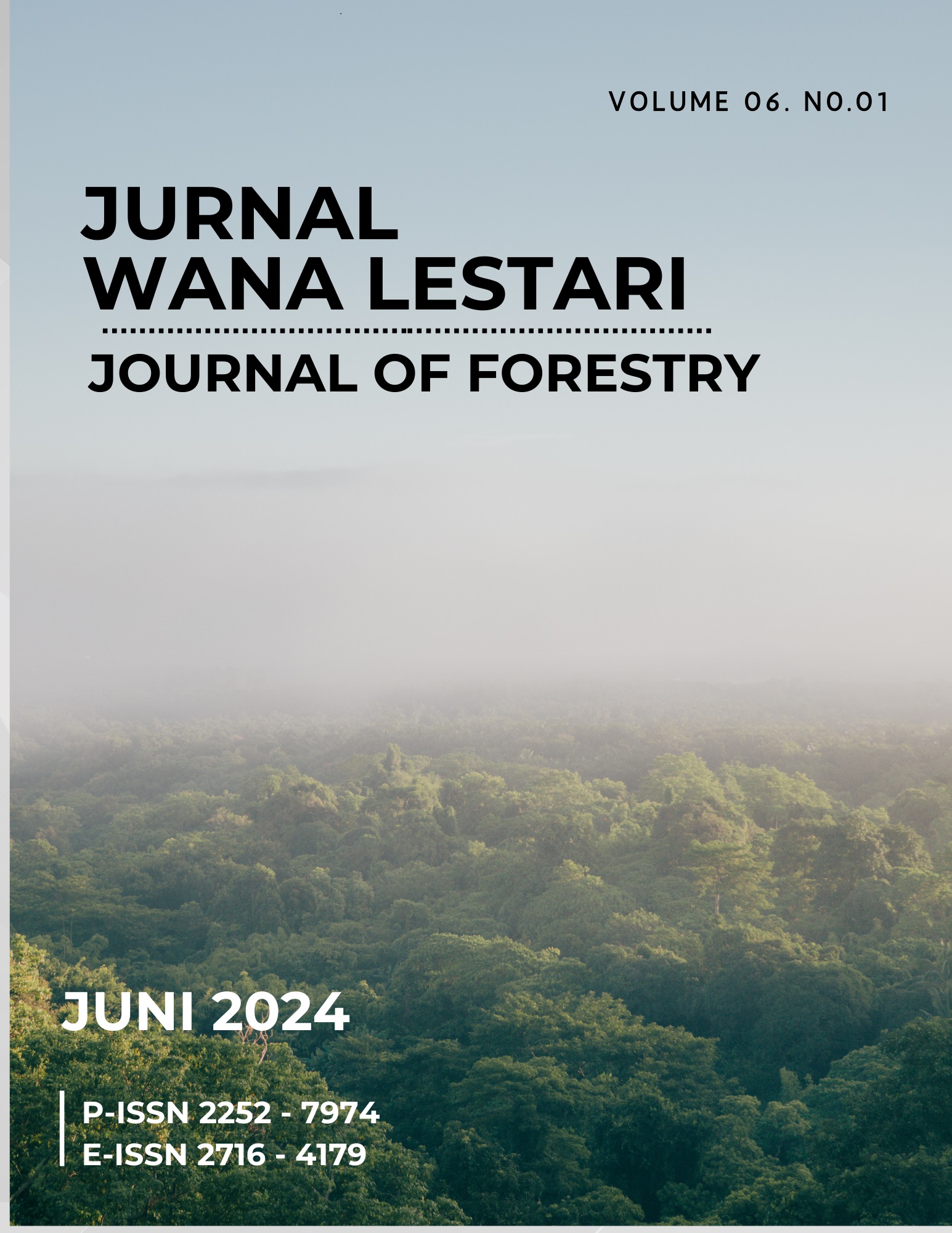Studi Komposisi dan Struktur Serta Keanekaragaman Vegetasi pada Lahan Terbakar dan Tidak Terbakar di Cagar Alam Wolo Tadho
Abstract
The Wolo Tadho Nature Reserve is one of the conservation areas in Ngada Regency, which needs to be preserved. This study aims firsa to determine the differences in the composition and structure of vegetation diversity on burned and unburned land, to identify the causal factors and impacts of fire cases in Wolo Tadho Nature Reserve. The method used in this research is the Transect method for vegetation analysis, determining respondents using the slovin formula, and analyzing data in this study descriptively quantitative.The results of this study indicate that there are differences in the composition and structure of vegetation diversity on burned and unburned land as seen from the vegetation species diversity index on burned land which is highest at the seedling level of 2.01 lowest stake level of 1.73 while on unburned land the highest tree level is 2.37 lowest pole level of 1.76. The vegetation species richness index on burned land was the highest at the seedling level of 1.54, the lowest at the sapling level of 1.23, while on unburned land the highest at the tree level was 2.10, the lowest at the pole and sapling level was 1.15. The evenness index of vegetation types on burned land is the highest at the sapling level of 1.08, the lowest at the pole level is 0, and on unburned land the highest at the tree and sapling level is 1.0, the lowest at the seedling level is 0.97. The similarity index of vegetation types is considered the same if it has a similarity index value of >50% while the value of the vegetation similarity index on burned land and unburned land in the Wolo Tadho Nature Reserve of 43.40% is classified as low. The factors that cause forest fires in Wolo Tadho Nature Reserve include education, age, and livelihood factors. The impact of forest fires in Wolo Tadho Nature Reserve is the loss and destruction of animal habitats and smoke from fires can also interfere with the health of the community around the area.

 Mariana De O. Kapitan(1*)
Mariana De O. Kapitan(1*)







